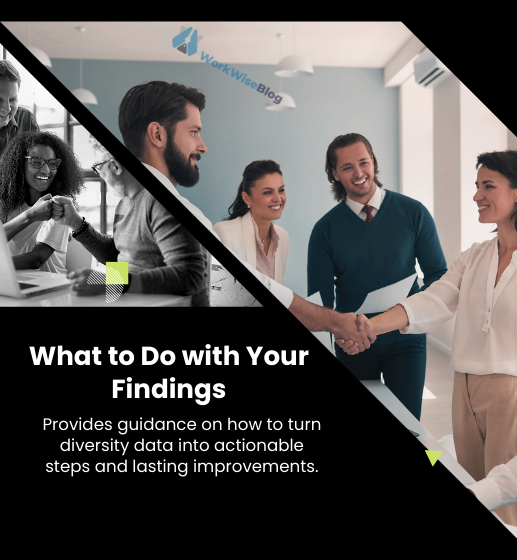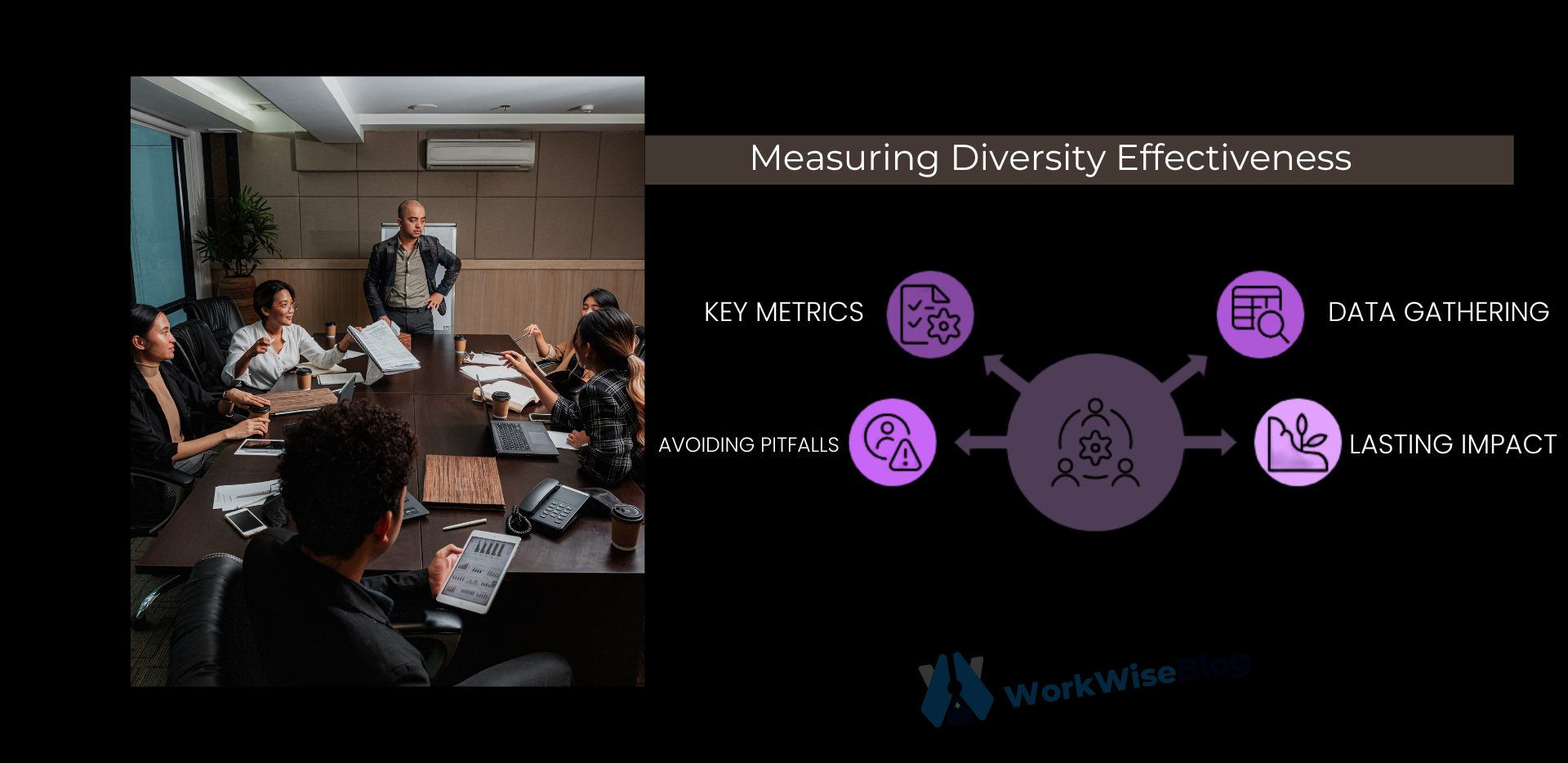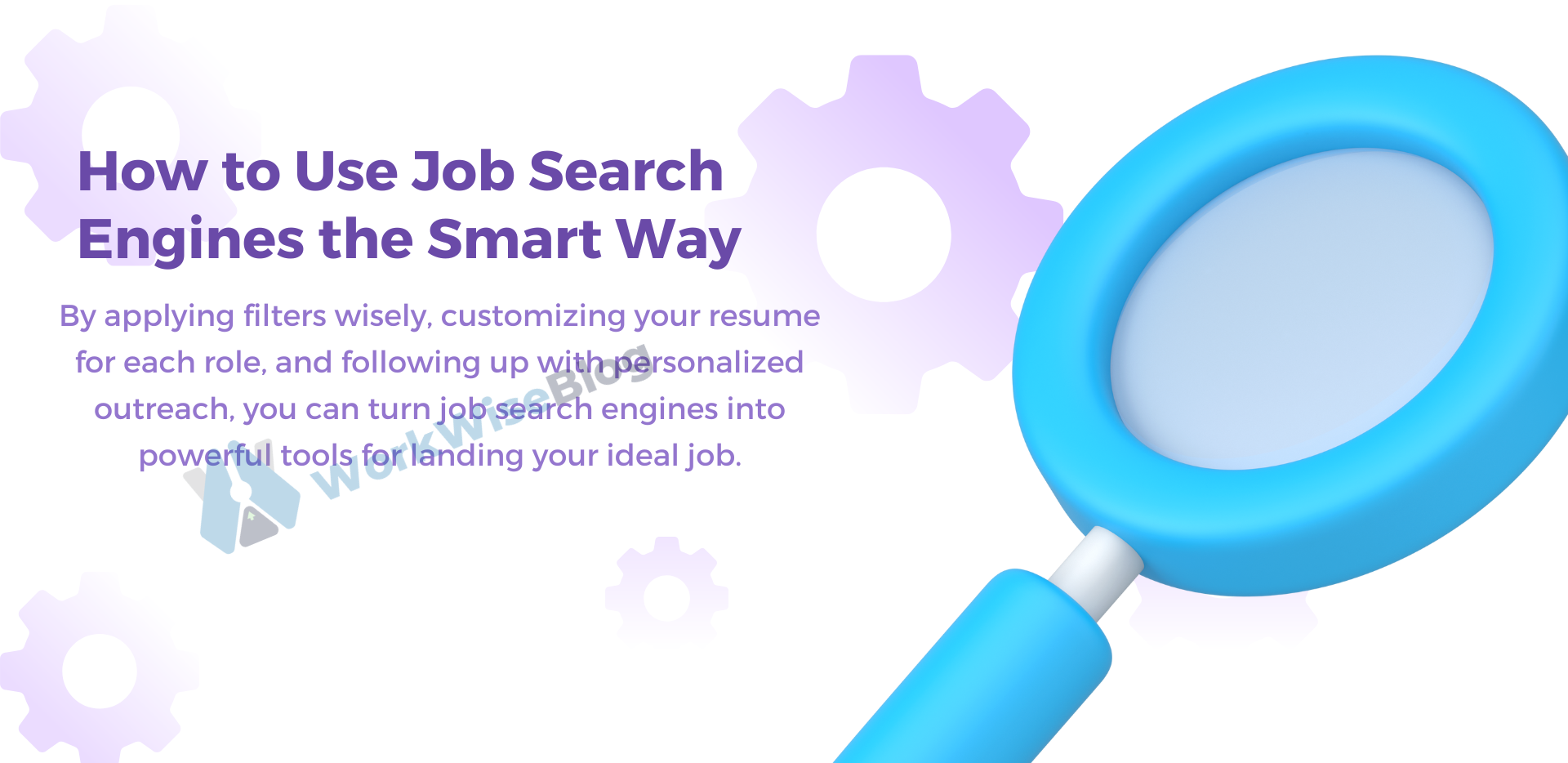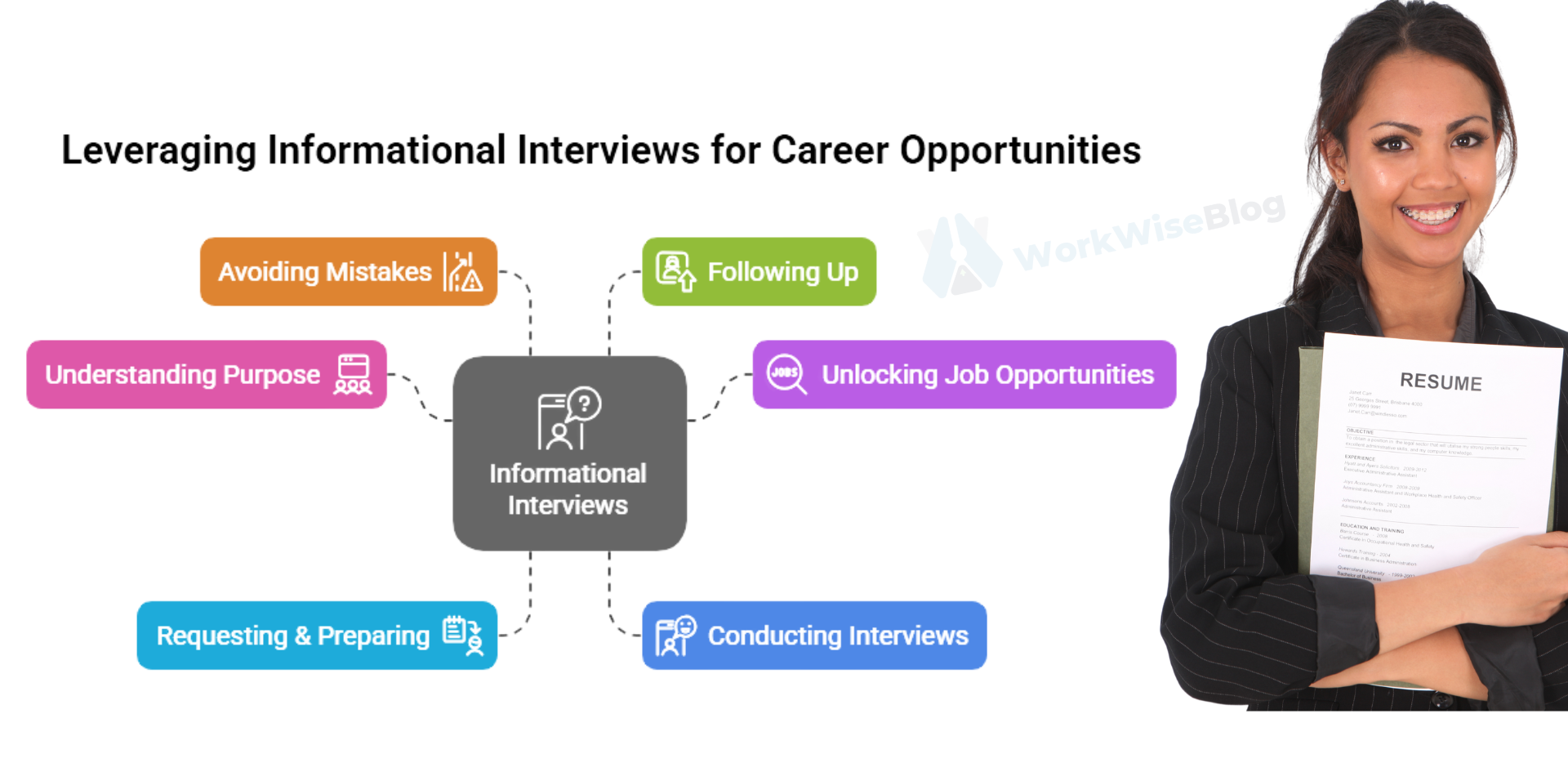In this blog, you’ll learn:
- Why measuring diversity matters
- Key metrics and indicators to track
- Tools and methods to gather useful data
- Common pitfalls to avoid
- How to turn insights into lasting impact
Let’s dive into how to move from surface-level goals to real, measurable progress.

1. Why It’s Essential to Measure Diversity Initiatives
You can’t improve what you don’t track. Measuring your diversity efforts helps you:
- Understand what’s working—and what’s not
- Hold leadership accountable
- Build trust with employees and stakeholders
- Identify and remove barriers to inclusion
- Show that DEI is more than a checkbox—it’s a core value
When employees see your organization collecting data and acting on it, it sends a clear message: this matters.

2. Start with Clear Goals and Definitions
Before you begin tracking anything, make sure your goals are clearly defined.
Ask yourself:
- What does diversity mean in your context (gender, race, age, ability, etc.)?
- What are the key outcomes you hope to achieve?
- How will you define success—improved hiring, retention, representation, engagement?
Having concrete, aligned objectives helps ensure your metrics are relevant and meaningful—not just numbers on a report.
Example Goal:
Increase representation of women in leadership roles by 15% over the next 12 months.

3. Key Metrics to Measure Diversity Progress
There’s no one-size-fits-all formula, but here are the most common and useful metrics to track:
Representation Metrics
These give a snapshot of your workforce makeup.
- Gender, race/ethnicity, age, and other demographic breakdowns
- Representation by department, leadership, and job level
- Applicant pool diversity vs. actual hiring results

Retention and Turnover Rates
Is your organization not just hiring—but keeping—diverse talent?
- Retention rates by demographic group
- Exit interview data segmented by gender, race, etc.
- Tenure differences across diverse employee groups
Promotion and Advancement
Are all employees getting equal access to growth?
- Internal promotion rates by demographic
- Participation in leadership development programs
- Pay equity audits across roles and levels
Employee Experience and Inclusion
How do people feel at work?
- Inclusion survey results
- Psychological safety and belonging scores
- Reported experiences of bias, microaggressions, or exclusion
Pro Tip:
Use anonymous surveys to encourage honest feedback.
4. Use Both Quantitative and Qualitative Data
Numbers tell you what’s happening—stories tell you why.
Quantitative data helps you:
- Spot trends (e.g., high turnover among a specific group)
- Compare departments or locations
- Set benchmarks and timelines
Qualitative data helps you:
- Understand the lived experiences behind the numbers
- Capture feedback that metrics alone can miss
- Inform cultural or leadership changes
Combine both:
A survey might show that 80% of women don’t feel heard in meetings. Follow-up interviews could reveal that few women are invited to key project discussions—something metrics alone wouldn’t explain.
5. Tools You Can Use to Track and Analyze
You don’t need expensive software to get started. These tools can help:
- HRIS systems (like BambooHR, Workday): Track workforce demographics
- Survey platforms (like Culture Amp, Qualtrics): Measure inclusion and engagement
- Applicant tracking systems (ATS): Monitor hiring funnel diversity
- Excel or Google Sheets: Track and visualize basic diversity metrics manually
- Pulse surveys or Slack bots: Gather real-time sentiment
The key is consistency—whatever tool you choose, make data collection and review a regular part of your DEI efforts.
6. Common Mistakes to Avoid
Even with the best intentions, it’s easy to fall into some common traps. Watch out for these:
1- Tracking only surface-level data
Focusing only on hiring numbers while ignoring culture, retention, or advancement leads to incomplete insights.
2- Ignoring intersectionality
Looking at gender or race isn’t enough. People’s identities overlap. Include intersectional data wherever possible.
3- Using the wrong benchmarks
Don’t compare your team to unrealistic national averages. Instead, benchmark against your industry, region, or company size.
4- Gathering data with no action
Employees will stop engaging if they don’t see follow-through. Share results and your action plan—transparency builds trust.
7. What to Do with Your Findings
The data is only powerful if you act on it. Here’s how to move forward:
1- Share results honestly
Let your employees know where you’re doing well—and where you need work. Authenticity builds credibility.
2- Set goals and timelines
Use your findings to update or create goals that are specific, measurable, and realistic.
3- Involve your people
Form DEI task forces, employee resource groups, or discussion forums. People closest to the issues often have the best solutions.
4- Train and equip leaders
Managers are key to change. Offer training in inclusive leadership, bias awareness, and equitable decision-making.
Final Thoughts: Progress Over Perfection
Measuring diversity doesn’t mean reducing people to stats. It means tracking progress, identifying gaps, and making sure everyone has a fair shot.
It’s not about perfection. It’s about being honest, open, and committed to doing better—together.
Final Tip:
Real change takes time—but with the right tools and mindset, you’ll turn your values into measurable, lasting progress.
Further Reading:
- Work Wise : Diversity in Leadership: Why It Matters and How to Achieve It
- Harvard Business Review: 7 Metrics to Measure Your Organization’s DEI Progress















